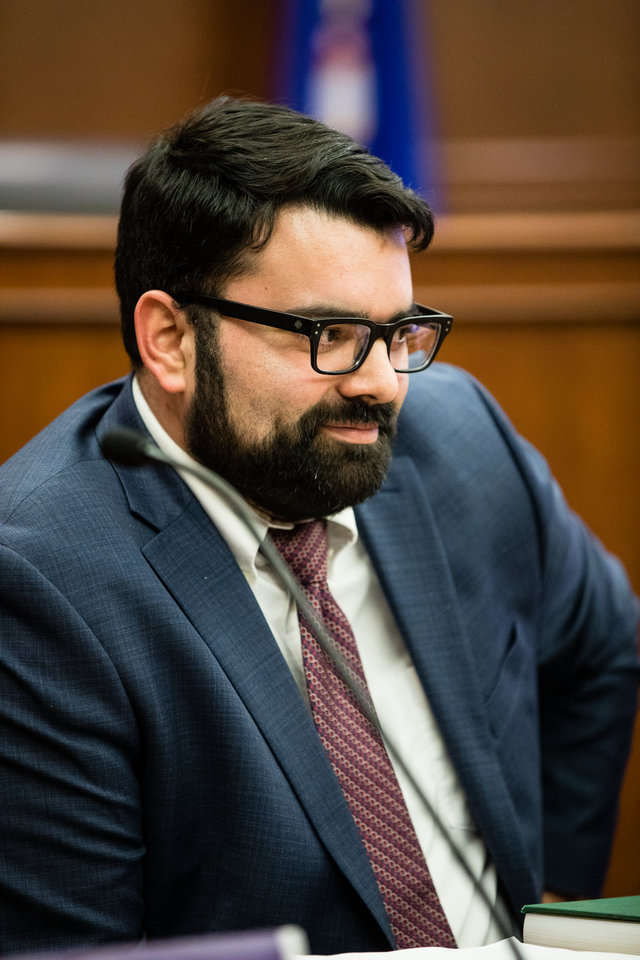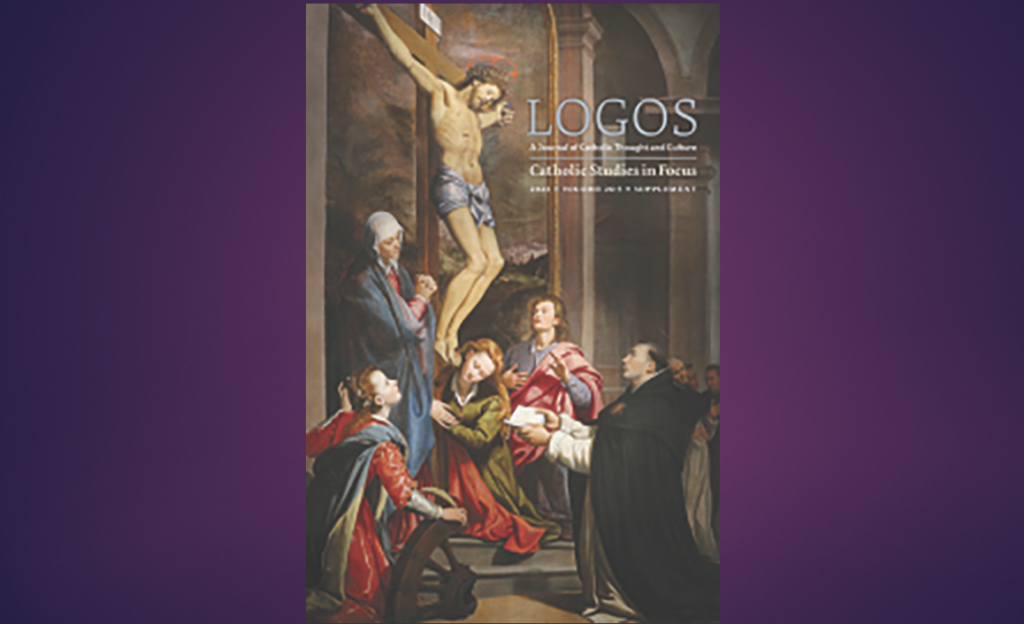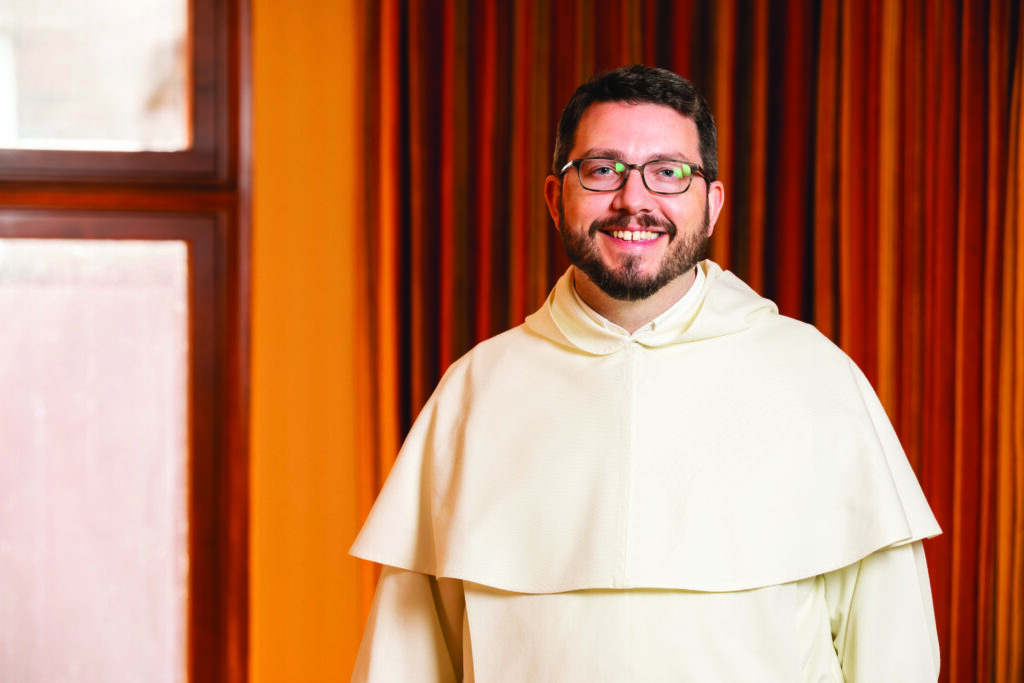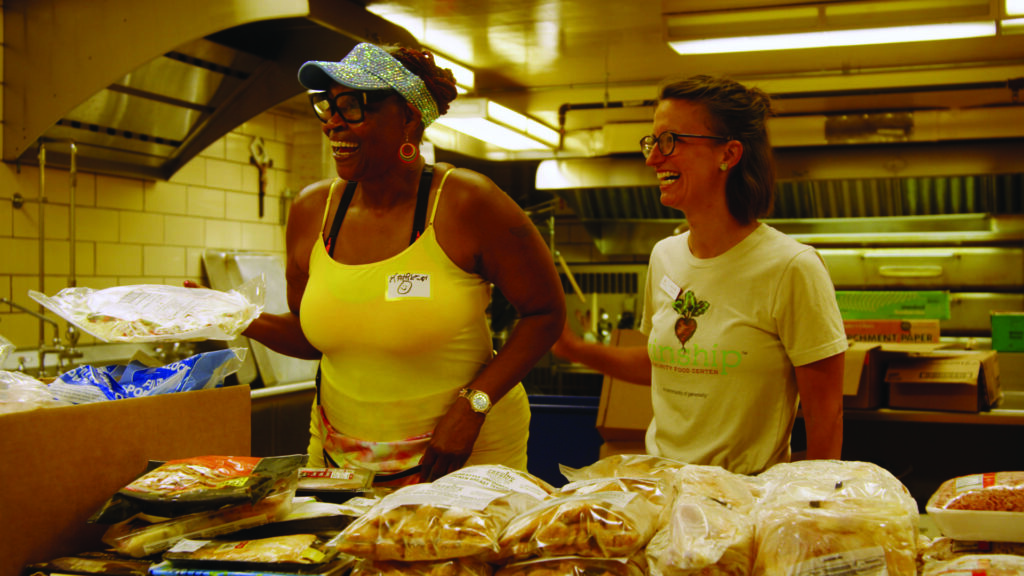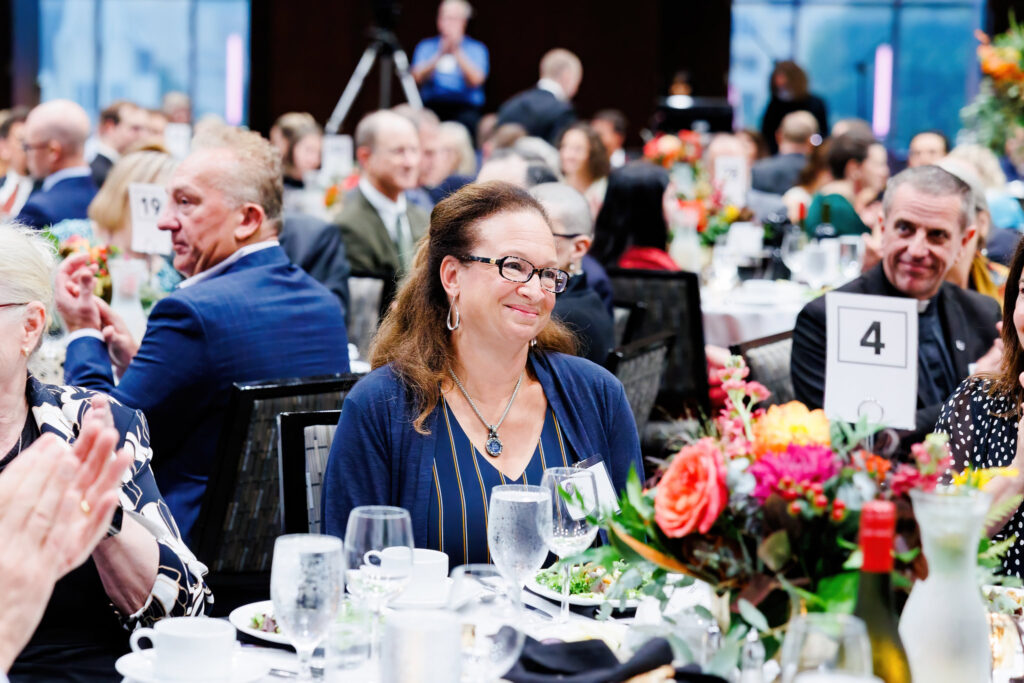This is a sentence you will never read anywhere else: “God was truly dead in Legoland.”
But oh, He has been resurrected, and Stephen Mass had everything to do with that miraculous event.
“I remember when my son was seven,” says Maas, toymaker and father to five. “He developed a love of Legos similar to my own when I was his age. As I looked at the sets available for purchase I was struck by the fact that while the Catholic faith was an important part of our family culture, it was totally absent from the Lego sets that were available ... Commercialized superheroes, New Age themes and movie tie-ins dominated.”
It turns out that Lego hadn’t offered a Church set since 1960, and never in the U.S. or Canadian markets.
“Thus,” says Maas, “began my quest to bring the Catholic faith to Legoland – a quest that has led me to ‘ordain’ over 2,000 Lego priests a year for the last several years.”
Maas would not argue that every toy must be a Catholic toy. Secular building blocks work just as well as Catholic ones when it comes to making a tower. “But I think we must be mindful that living in an increasingly post-Christian culture,” he says, “not every toy available for sale is good for a child’s soul. We should strive to be intentional about providing books, toys and games that reflect the reality of the human person, as revealed by Christ and his Church.”
Play, perhaps like God’s choice to create the color red, the smell of roses and the taste of a fresh garden tomato, turns out to be an important experience in forming the mind – and soul – of a child.
“Play is where a child begins to make sense of the world as he encounters it,” says Maas. “It’s where he begins to discover his place within it. In a certain sense we become what we play. How many priests tell of how they used to play Mass when they were little boys! But I think as a culture we have a crisis of play. We fail to see its value or protect it. Rather we try to manage it, and our children suffer because of this.”
He laments the shift in modern play that has resulted in a surprising overemphasis on “safety.”
“Playground slides don’t slide any more, and jungle gyms don’t jungle,” he says. “Play must be scheduled, activities carefully organized, and locations – and other children – vetted in advance. Or play is reduced or eliminated altogether to make room for an education regimen that now must commence in utero. Who has time for play?”
And there are other losses, he notes. “Flashing lights and funny sounds have come to dominate the world of toys. They deliver instant gratification with minimal thought, preferably while injecting a marketing message to a potential consumer, and they are designed to last about as long as a 60-second commercial. The encroachment of screens everywhere has made matters worse, replacing active play with constant passive entertainment.”
So, what can be done for the parent who wants to see his child flourish in well-ordered play? “If play is truly to help form our children’s souls,” Maas notes, “it must be ordered to the true, the good and the beautiful. Recall Bonaventure’s understanding of the created order as the “vestigium Dei” – the vestiges of the Creator. For children, unstructured play in nature represents a critical opportunity to encounter God through His creation, and to begin to discover their authentic relationship to it. Kids need to be outside in nature for the good of their souls. They need to catch bugs, climb trees and watch things grow. They need to encounter the world directly, rather than mediated through a carefully manipulated stream of images on glowing screens.”
For Maas, like so many of our graduates, a degree in Catholic studies wasn’t about training for a specific line of work, but rather, preparing to meet the demands of any work.
“I didn’t earn a degree in Catholic studies to perfect my skills at designing and building Catholic widgets,” he says, “or to position myself to rise through the ranks of ‘Catholic Industries International.’ Rather it was an end in itself, a formation in how one should ‘be’ in this world in anticipation of the next.”
Among his favorite influences from his time in Catholic Studies, is Fides et Ratio, the encyclical by Pope St. John Paul II. “It came out while I was a Catholic Studies undergraduate,” recalls Maas, “and his opening paragraph has stuck with me ever since.
“Faith and reason are like two wings on which the human spirit rises to the contemplation of truth; and God has placed in the human heart the desire to know the truth – in a word, to know Himself – so that by knowing and loving God, men and women can come to the fullness of the truth about themselves.’ I think this is perhaps the best summary of the mission of Catholic Studies, to unite faith and reason in a way that lifts us to God and helps us understand ourselves in the process.” “Faith and reason are wedded in every aspect of our lives,” he continues, “if we but pay attention. The principle of subsidiarity is sound business practice. Respecting the dignity of human work is known in MBA circles as ‘creating sustainable performance.’ Respect for the created order is just another word for conservation. The preferential option for the poor is a practical antidote to the selfishness of children – and adults. Beauty speaks a universal language that is understood by all. The bifurcation of faith and reason that we so often encounter is a false dichotomy and a uniquely modern problem. Our medieval ancestors considered theology the Queen of the Sciences because they recognized the complementary character of faith and reason. If we struggle to see how faith and reason intersect in every aspect of our lives, we risk being unable to soar, as we are flying with only one wing.”
And perhaps we risk losing the joy and value of holy play.
“I’d love to meet a priest one day who trades his vocation in some small part to a Catholic-themed Lego set he received as a young boy,” says Maas.

